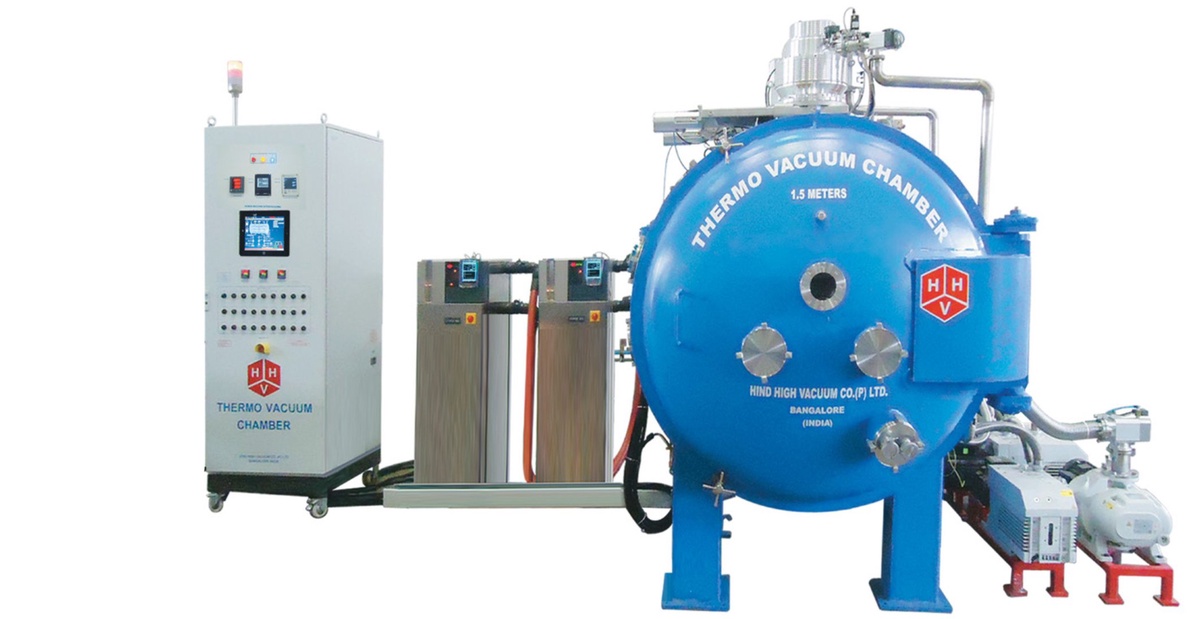In the realm of space exploration, scientific research, and industrial testing, Thermal Vacuum Systems (TVS) play an indispensable role. These systems create an environment that mimics the harsh conditions of space or extreme terrestrial environments, enabling the testing and validation of various materials, components, and systems. Understanding the fundamentals of Thermal Vacuum Systems is crucial for engineers and researchers involved in these fields.
What are Thermal Vacuum Systems?
Thermal Vacuum Systems are sophisticated setups designed to simulate the combined effects of high vacuum and temperature extremes. These systems consist of a vacuum chamber, thermal sources, vacuum pumps, and instrumentation to control and monitor the environment within the chamber. They replicate conditions encountered in space, where temperatures can vary from blistering heat to bone-chilling cold, and the absence of atmospheric pressure creates unique challenges.
Key Components and Working Principles
At the heart of a Thermal Vacuum System lies the vacuum chamber, which provides the enclosure for conducting experiments or testing. This chamber is equipped with thermal plates or shrouds capable of heating or cooling specimens to desired temperatures. Vacuum pumps evacuate the chamber to create a high vacuum environment, eliminating unwanted gases and reducing thermal convection. Advanced instrumentation such as thermocouples, pressure transducers, and radiation sources allow precise control and measurement of environmental parameters.
Applications of Thermal Vacuum Systems
Thermal Vacuum Systems find applications across a wide range of industries. In aerospace engineering, these systems are indispensable for testing spacecraft components and materials under simulated space conditions. Satellites, space probes, and manned spacecraft undergo rigorous testing in Thermal Vacuum Chambers to ensure their reliability and performance in the harsh vacuum of space. Moreover, Thermal Vacuum Systems are utilized in the automotive, electronics, and material science industries for testing the durability and thermal stability of products exposed to extreme conditions.
Advancements and Innovations
With the rapid pace of technological advancement, Thermal Vacuum Systems continue to evolve. Modern systems incorporate sophisticated automation and control features, allowing for more complex testing scenarios and improved efficiency. Additionally, advancements in materials science and vacuum technology have led to the development of more robust and reliable components, enhancing the capabilities of Thermal Vacuum Systems.
Conclusion
In conclusion, Thermal Vacuum Systems are indispensable tools for simulating extreme environmental conditions encountered in space and other demanding applications. By understanding the fundamentals of these systems and leveraging the latest advancements, engineers and researchers can conduct comprehensive testing and validation to ensure the reliability and performance of critical components and systems. As technology progresses, Thermal Vacuum Systems will remain at the forefront of innovation, enabling further exploration and discovery in space and beyond.
For more information about Thermo Vacuum Systems, visit the website: https://hhvthermaltech.com/


No comments yet